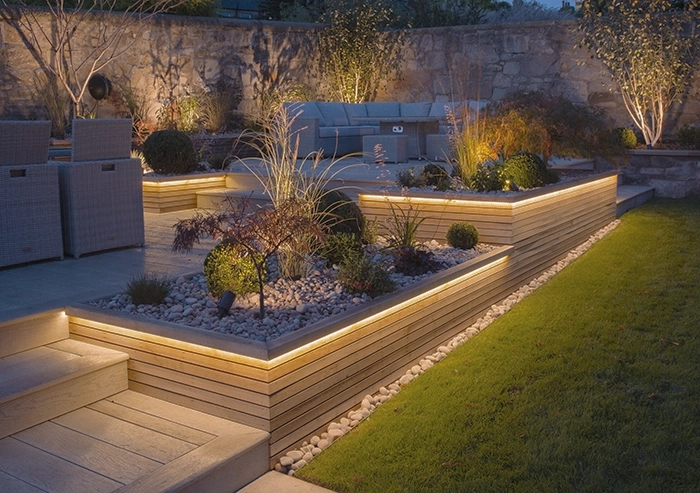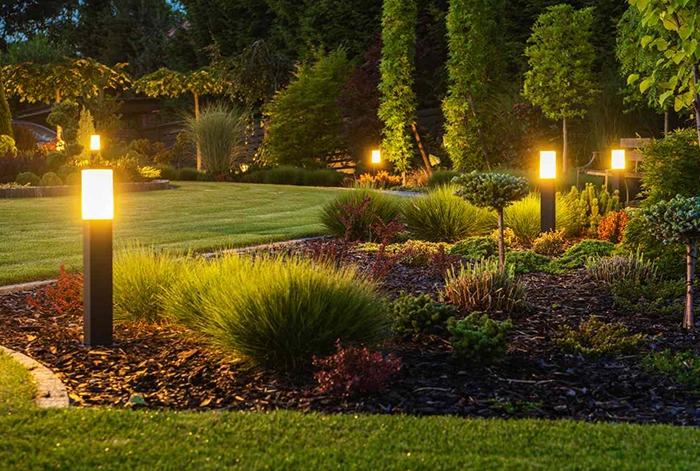Low voltage garden lighting has become a popular choice for homeowners in Port Macquarie looking to enhance their outdoor spaces. Whether you want to illuminate pathways, highlight garden features, or create a cozy atmosphere for entertaining, low voltage lighting provides a versatile and efficient solution. Here’s a closer look at why this type of lighting might be perfect for your garden, along with some of the pros and cons to consider.
What is Low Voltage Lighting?

Low voltage lighting typically operates at 12 volts, significantly lower than the standard 240 volts found in household circuits. This is achieved using a transformer that steps down the voltage, making the system safer and more energy-efficient. Low voltage garden lighting is commonly used for landscape lights, spotlights, path lights, and other decorative fixtures that brighten up your outdoor space without running up your energy bills.
Pros of Low Voltage Garden Lighting
- Safety First: Low voltage lighting is much safer to work with compared to standard voltage systems. With only 12 volts running through the system, there’s a significantly lower risk of electric shock, making it a great option if you have kids or pets playing around the garden.
- Energy Efficiency: These systems use less power, which means you’ll save on your electricity bill while reducing your carbon footprint. LED low voltage lights are particularly efficient and can last for years without needing replacement.
- Easy Installation: Since the voltage is lower, installation is a breeze compared to mains voltage systems. You don’t need to dig deep trenches or bury cables too far underground, which keeps costs down and makes it a manageable DIY project for the average homeowner.
- Flexibility in Design: Low voltage systems offer a wide range of fixture styles and colors, allowing you to get creative with your garden lighting design. You can easily adjust or add fixtures to accommodate changes in your garden layout over time.
- Low Heat Emission: Low voltage lights, especially LEDs, emit very little heat, reducing the risk of damage to nearby plants or garden features.

Cons of Low Voltage Garden Lighting
- Initial Cost: The upfront cost of purchasing transformers, cables, and fixtures can be higher than standard lighting systems. However, the long-term savings in energy use and maintenance often offset this initial expense.
- Voltage Drop Issues: Over long distances, low voltage systems can experience a drop in power, causing lights at the end of the line to be dimmer. Proper planning and using thicker cables can help mitigate this issue.
- Dependence on Transformers: The system relies on transformers, which can fail or require replacement over time. This can add to the maintenance demands compared to simpler, high-voltage lighting setups.
- Limited Brightness: Low voltage lights generally provide softer illumination, which is great for ambiance but might not be bright enough for areas requiring high visibility, like driveways or security lighting.

Conclusion
Low voltage garden lighting is an excellent choice for creating a beautiful, safe, and energy-efficient outdoor space. While there are some downsides, such as potential voltage drops and the need for transformers, the benefits far outweigh the cons. Whether you’re lighting up a path, highlighting your favorite plants, or setting the mood for a backyard gathering, low voltage lighting can transform your garden into a stunning, well-lit oasis. ML Mason Electrical understand the importance of getting lighting right to create an inviting ambience enhancing the use of your garden.